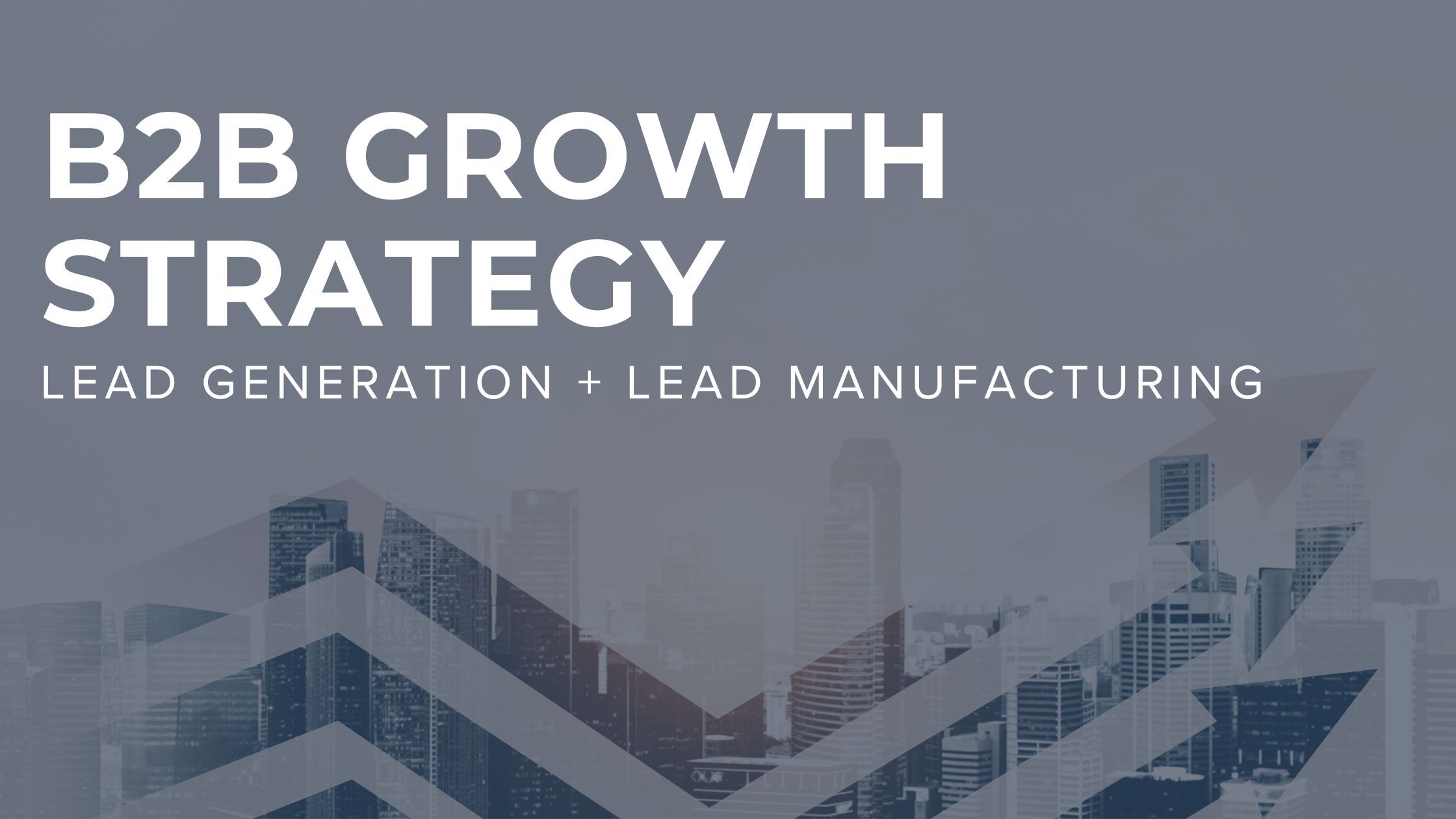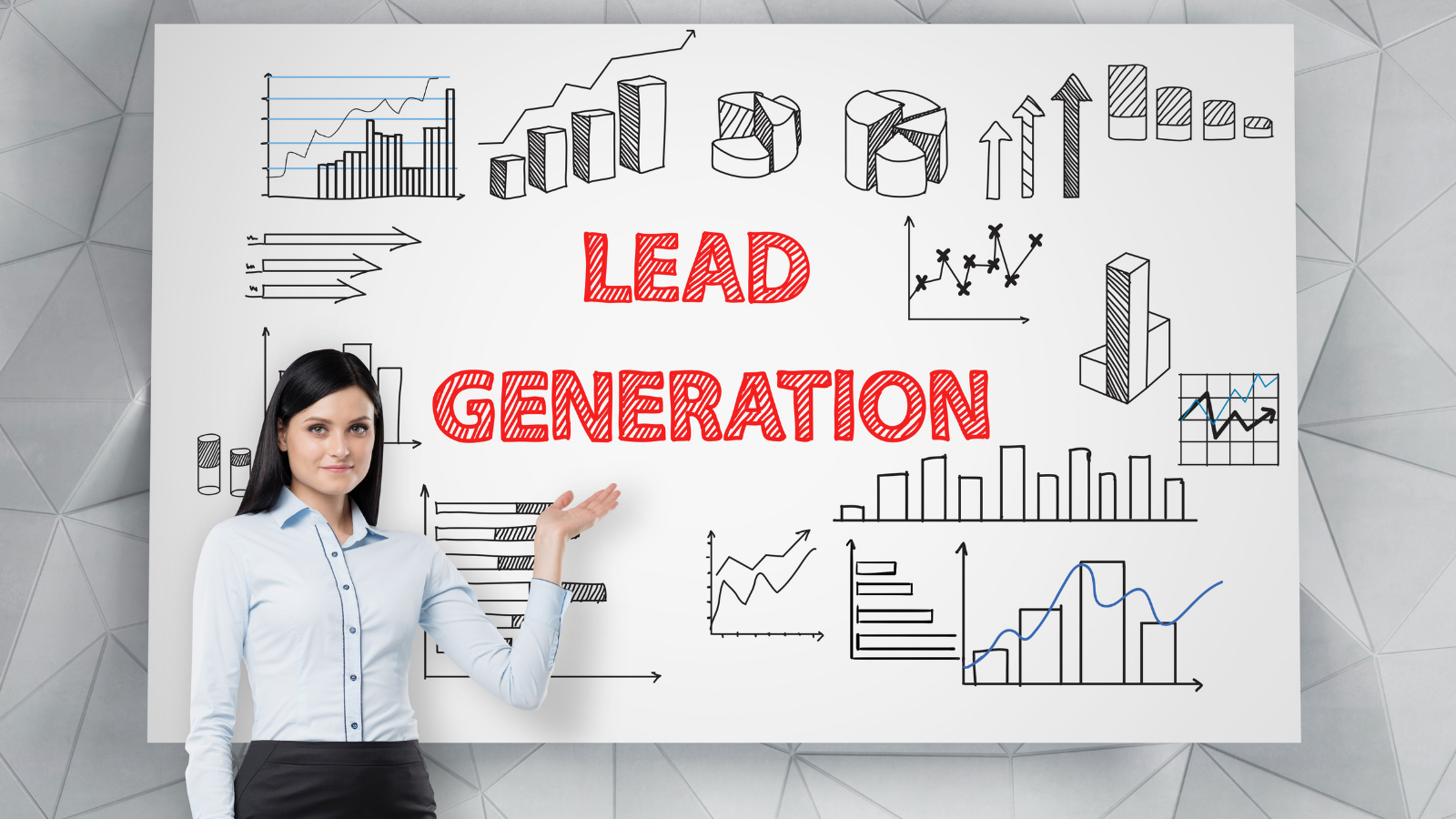A Guide to B2B Lead Generation
Year after year, B2B marketers regularly cite lead generation as one of their top priorities, and platforms like HubSpot have dedicated countless...
3 min read
 Dean Moothart
:
July 22, 2025
Dean Moothart
:
July 22, 2025

Most B2B companies will tell you they need more leads.
But here’s the truth: not all leads — or lead strategies — are created equal.
A successful B2B growth strategy depends on how effectively you balance lead generation and lead manufacturing — two distinct but complementary approaches to pipeline development.
If your team’s only goal is “more leads,” you may be missing the bigger picture. Long-term, sustainable growth doesn’t come from just filling the top of the funnel; it comes from strategically building a pipeline that balances volume and value.
That’s where understanding the difference between lead generation and lead manufacturing becomes critical.
Let’s break it down.
Lead generation is what most companies are familiar with. It’s the broad, inbound-driven approach designed to attract as many potential buyers as possible.
In short, lead generation is all about attracting interest — pulling as many potential buyers into your orbit as possible.
In summary: Lead generation is about pulling prospects in through scalable, awareness-driven campaigns — often the first touchpoint in the buyer journey.
Lead manufacturing is a more targeted, surgical approach. It’s about deliberately creating opportunities with specific high-value accounts, rather than waiting for them to raise their hand.
In short, lead manufacturing is about proactively creating pipeline with your top targets — no waiting for them to “find” you.

What is lead manufacturing?
Lead manufacturing is a B2B strategy focused on intentionally engaging a specific list of high-value accounts through personalized, multichannel efforts led by sales and supported by marketing.
The best B2B companies don’t just generate leads — they manufacture them.
They understand that success isn’t about quantity or quality; it’s about balancing both.
If you only focus on lead generation, you may end up with a pipeline full of small deals or poorly qualified prospects. If you only focus on lead manufacturing, you risk missing out on the broader market opportunities that keep your brand visible and your inbound pipeline healthy.
But when sales and marketing align around both, you unlock a powerful engine for growth.
Here’s what that looks like in action:
This dual approach builds a healthier, more resilient pipeline — one that’s not just dependent on “who comes in the door,” but also on who you strategically bring in.
If your team wants long-term, sustainable growth, remember this:
Lead generation fills your pipeline.
Lead manufacturing shapes it.
Doing both — and doing them well — is how the best companies move from chasing leads to controlling their growth.
So ask yourself: Is your team set up to do both? And if not, what’s stopping you?
The companies that figure this out won’t just have “more leads.” They’ll have the right leads — and that’s where real growth happens.
Ready to combine lead generation and lead manufacturing in your growth strategy? Schedule a strategy session with our team to evaluate your pipeline approach.

Year after year, B2B marketers regularly cite lead generation as one of their top priorities, and platforms like HubSpot have dedicated countless...

Lead generation is a crucial aspect of any successful B2B organization. Quality lead generation plays a crucial role in supporting sales teams to...

1 min read
In short, quality lead generation helps sales teams sell smarter and sell faster. Let’s explore how this power couple works together. When B2B...